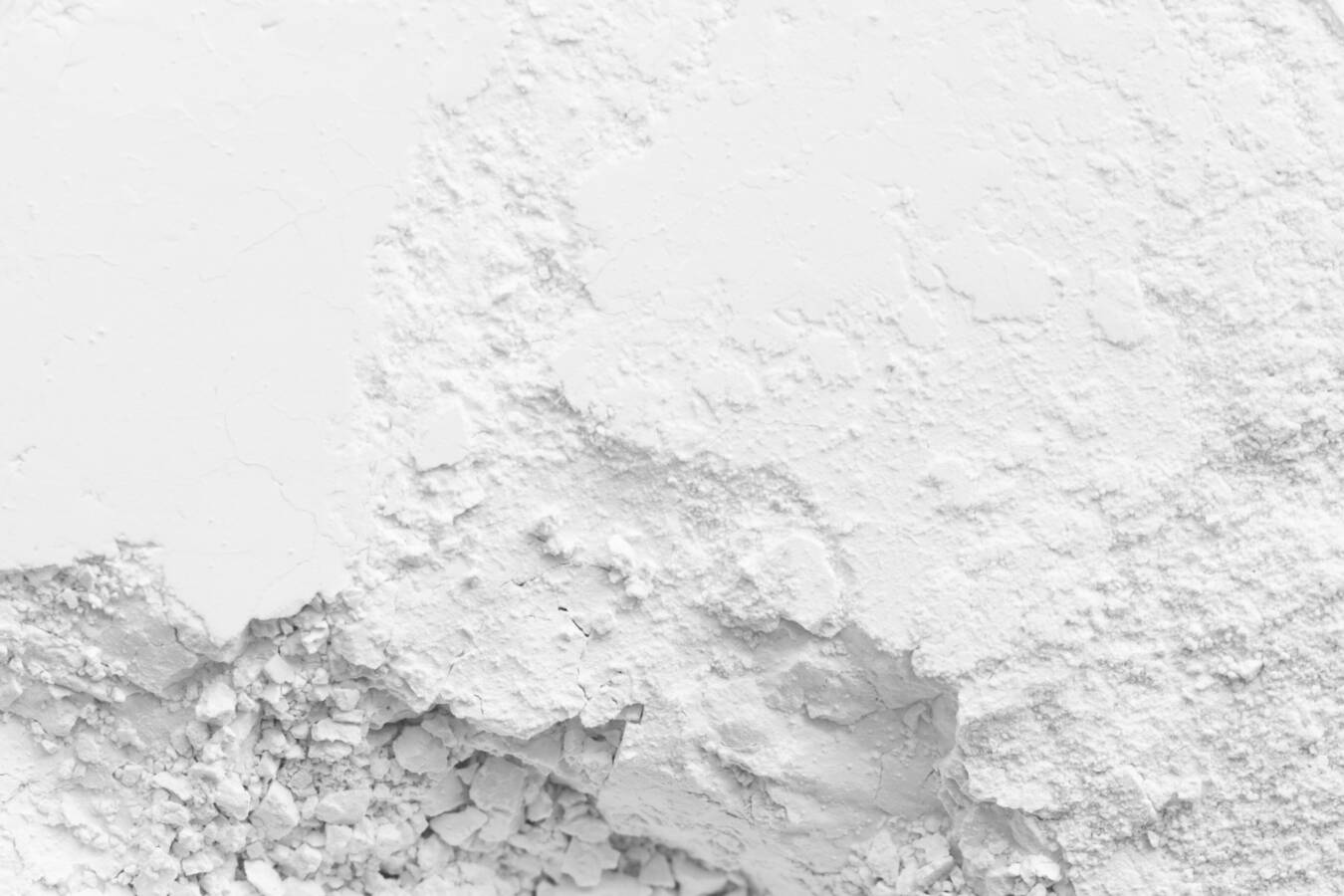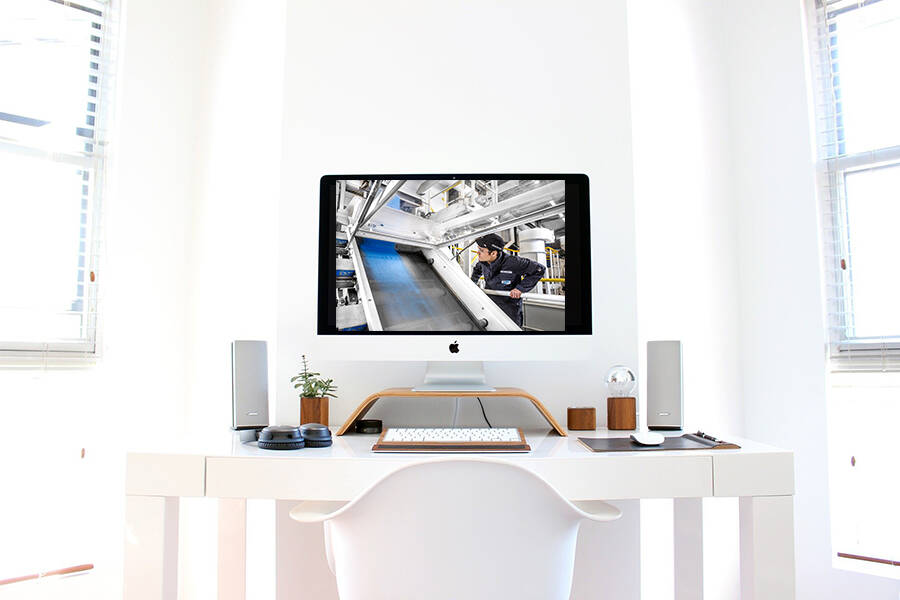Lignin is the second most common biopolymer on earth after cellulose. In the industrial processing of wood, especially in paper production, lignin is produced in large quantities as a by-product. In the past, this by-product was often burned to generate energy, but due to its chemical structure and properties, it is now used as a filler, additive, binder, reinforcing agent or adsorbent. The use of lignin in these and other applications is in line with the trend towards the bioeconomy, in which renewable, plant-based raw materials are used instead of fossil resources.
Improved lignin quality
Screening machines help improve the quality of the produced lignin and prepare it for specific applications or further processing steps:
- Cleaning and separation: Lignin obtained from the pulping process of lignocellulosic materials may contain impurities or undesirable solid components. Screening machines can help to remove these impurities.
- Classifying: Lignin particles may be of different sizes depending on how they were produced or processed. Screening machines can be used to classify lignin particles by size, which may be important for certain applications or downstream processing steps.
- Avoiding lumps: In some processing steps, lignin can tend to form lumps or agglomerates. Screening machines can help break these lumps or prevent them from forming in the first place.
- Dust removal & quality control: Screening machines can also serve as a quality control tool in lignin production by ensuring that the final product is dust-free and meets specified size requirements.
Selecting the screening machine
The best choice of a screening machine for lignin depends on the specific requirements of the process, including desired particle size, throughput, material properties and other specific criteria. The following factors should be considered when processing lignin:
- Particle size: The desired particle size of the screened lignin determines the drive principle and mesh size of the screen. Powdery and dusty materials require precise screening with high-frequency vibrations
- Throughput: The amount of material to be screened per time unit influences the size and type of machine.
- Material properties: Lignin can have different properties depending on its origin and processing method, e.g. it can be moist, sticky or dusty.
- Cleaning and maintenance: Lignin can tend to clog screens, therefore it is recommended to select a machine with an effective self-cleaning function.
Screening and dedusting
The RHEsono® screening machine from RHEWUM is extremely suitable for screening and, in particular, dedusting of lignin pellets. Its direct drive technology allows the finest particles to be effectively separated from the main product, while the automatic cleaning system ensures that the screening mesh does not become clogged even during intensive operation. RHEWUM screening machines thus ensure the quality and homogeneity of the pellets, which is essential for downstream industrial applications and processes.


